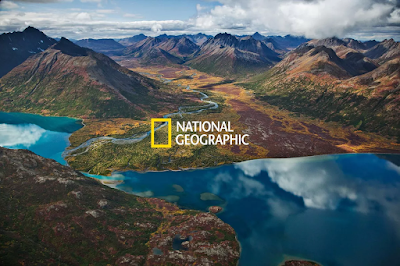- Home
- APRENDER
- FERRAMENTAS
- _Informática
- __Conversor de PDF
- __Equipamentos
- _Pedagógicas
- __Wordwall
- _Geográficas
- __Google Earth Engine
- PLANO DE ESTUDO TUTORADO
- _Versão Completa Ensino Fundamental (.PDF)
- _Versão Completa Ensino Médio (.PDF)
- _Versão Parcial Ensino Fundamental (.DOC)
- _Simulados ENEM
- TV REDE MINAS
- _6ºano | Fundamental
- _7ºano | Fundamental
- _8ºano | Fundamental
- _9ºano | Fundamental
- _1ºano | Médio
- _2ºano | Médio
- _3ºano | Médio
- _ENEM
- EDUCAÇÃO
- _Mural de Avisos
- __6ºano | Fundamental
- __7ºano | Fundamental
- __8ºano | Fundamental
- __9ºano | Fundamental
- _Google Classroom
- __8ºano | Fundamental
- __9ºano | Fundamental
- VÍDEOS
- _Prof. Lili - Canal Geografidades
- __7ºano | Fundamental
- __8ºano | Fundamental
- __9ºano | Fundamental
- ___Correções
- _Prof. Renan - Portal Geographia
- __Animações
- __Correções
- __Explicações
- __Tutoriais
- JOGOS
- _Caça Palavras e Cruzadinhas
- _Cartografia
- _Demografia
- _Fuso Horário
- _Orientação e Localização
- SLIDES
- _Prof. Joenes
- _Prof. Renan
Procure no Blog
Dicionário
Arquivo do Blog
- abril 2023 (2)
- dezembro 2020 (1)
- outubro 2020 (24)
- setembro 2020 (28)
- agosto 2020 (17)
- julho 2020 (9)
- junho 2020 (3)
- maio 2020 (9)
- abril 2020 (3)
- março 2020 (2)
- fevereiro 2020 (5)
- janeiro 2020 (8)
- dezembro 2019 (5)
Tags
Charges
Paisagens
Feira Cultural
PET
8ºano
9ºano
APRENDER
Ensino Fundamental
Wallpapers
Jogos
App
Meio Ambiente
NatGeo
Sustentabilidade
Humor
Instagram
Globalização
Política
7ºano
Blockchain
Criptomoedas
Fuso Horário
Informática
6ºano
Animação
Capitalismo
Físico
Geopolítica
América
Finanças
YouTube
África
1ºano
Correção
Economia
Tutorial
Tecnologia do Blogger.
Recente
Popular
-
O Atlas Digital da Migração Internacional em Minas Gerais, é uma atividade complementar ao PET (Plano de estudos tutorado) quanto ao conteúd...
-
Olá professor ou aluno! Nesta publicação você encontra para download o livro didático (manual do professor) e caderno de atividades do P...
-
Olá, caro professor! Nós da equipe Portal Geographia estamos oferecendo uma compilação com aproximadamente 300 itens pedagógicos , dentre e...
Comentário
Curiosidades
Formulário de Contato
Created By SoraTemplates | Distributed by Gooyaabi Templates





Nenhum comentário:
Postar um comentário
Obrigado pelo seu comentário!